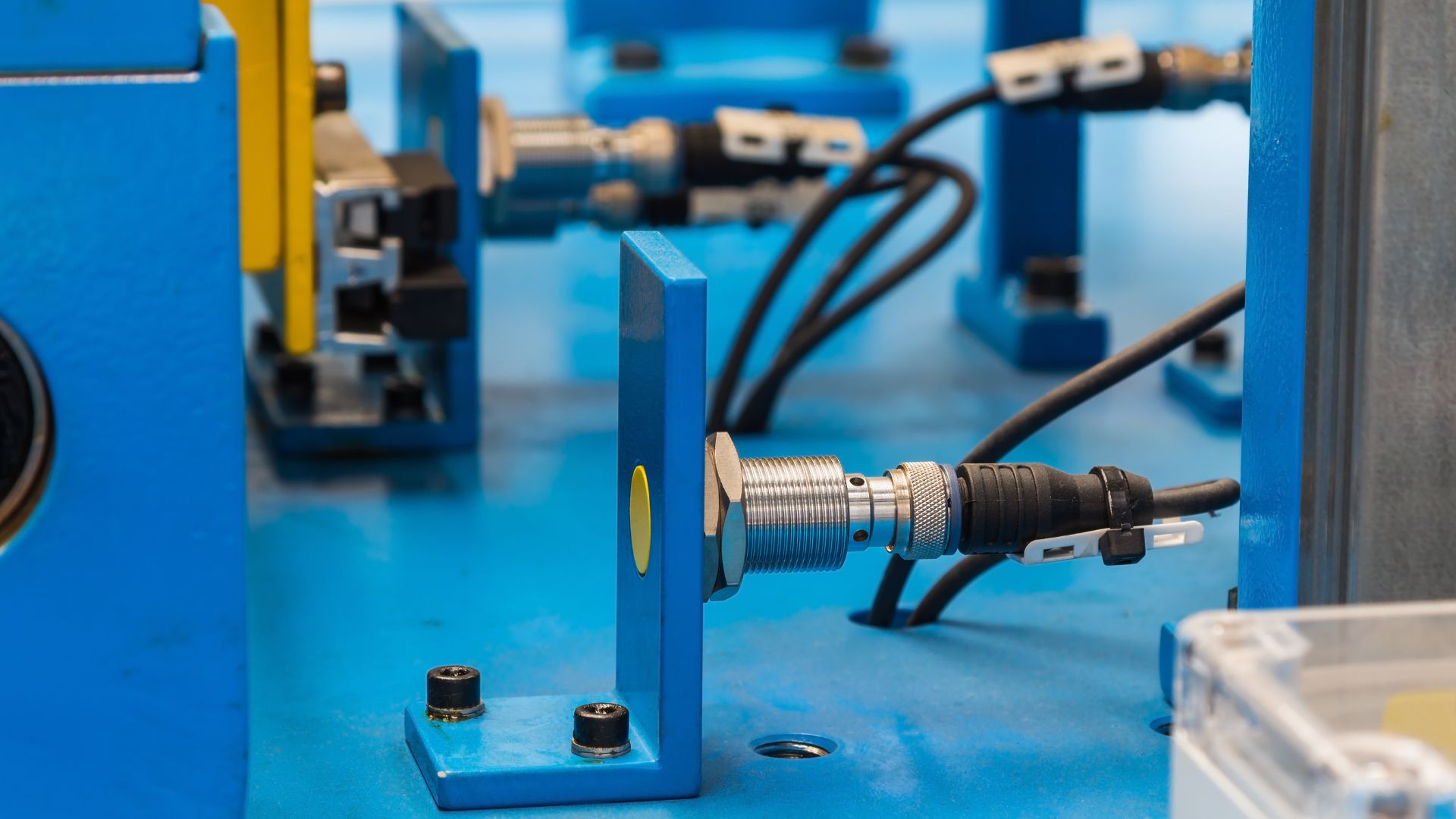In today’s rapidly advancing industrial landscape, automation plays a pivotal role in enhancing efficiency, safety, and productivity. At the heart of automation systems lie sensors, the unsung heroes that collect data, monitor processes, and enable intelligent decision-making. These devices come in various types, each tailored to specific applications and industries. In this article, we will explore the diverse world of sensors used in industrial automation systems, shedding light on their functions, benefits, and real-world applications.
Introduction to Sensors in Industrial Automation
Before delving into the various sensor types, it’s crucial to understand their fundamental role in industrial automation. Sensors are the sensory organs of a production facility, constantly collecting data on various parameters like temperature, pressure, humidity, and more. This data is then used to control processes, ensure product quality, and maintain a safe working environment. Without sensors, modern industrial automation wouldn’t be possible.
Types of Sensors
Proximity Sensors
Proximity sensors are a staple in industrial automation. They detect the presence or absence of an object without any physical contact. These sensors employ different technologies, including capacitive, inductive, and ultrasonic, to sense objects. Proximity sensors are widely used in assembly lines, packaging, and material handling systems to ensure the correct positioning of objects.
Temperature Sensors
Temperature sensors, as the name suggests, measure temperature variations in their surroundings. In industrial automation, precise temperature control is crucial, especially in processes like metallurgy, chemical manufacturing, and food production. Thermocouples, resistance temperature detectors (RTDs), and infrared sensors are commonly used in these applications.
Pressure Sensors
Pressure sensors are vital for industries dealing with liquids and gases. They measure pressure changes and help ensure equipment safety and efficiency. Pressure sensors find extensive use in hydraulic systems, HVAC control, and automotive manufacturing, among others.
Flow Sensors
In industries where monitoring fluid flow is essential, flow sensors are indispensable. These sensors gauge the rate of fluid passing through a pipeline, enabling precise control of processes like liquid dispensing, chemical mixing, and wastewater treatment.
Level Sensors
Level sensors are instrumental in monitoring the level of liquids or solids in containers. They help prevent overflows, maintain inventory, and ensure safety. Industries such as agriculture, pharmaceuticals, and oil refineries rely on level sensors to optimize their operations.
Benefits of Using Sensors in Industrial Automation
The utilization of sensors in industrial automation brings about a myriad of benefits:
Enhanced Safety: Sensors ensure that processes are carried out within safe parameters, reducing the risk of accidents.
Increased Efficiency: Automation systems fine-tune operations based on sensor data, minimizing waste and optimizing resource usage.
Improved Product Quality: Real-time monitoring and control result in consistently high-quality products.
Reduced Downtime: Sensors can detect issues before they escalate, allowing for timely maintenance and repairs.
Real-world Applications
Let’s take a closer look at how these sensors are applied in real-world industrial scenarios:
Automotive Industry
In car manufacturing, sensors are used for quality control, ensuring that every component meets strict standards. They also play a role in safety systems like airbags and anti-lock brakes.
Food and Beverage Production
Temperature and humidity sensors are crucial in the food and beverage industry to maintain product quality, prevent spoilage, and comply with safety regulations.
Energy Sector
Pressure sensors are used to monitor pipelines, ensuring the safe and efficient transportation of oil, gas, and other resources.
Pharmaceuticals
In pharmaceutical manufacturing, level sensors are employed to monitor liquid levels during drug production, ensuring precision and consistency.
Conclusion
In conclusion, sensors are the lifeblood of industrial automation, serving as the eyes and ears of the production floor. By continuously gathering data, they enable industries to achieve remarkable levels of efficiency, safety, and quality. As technology evolves, we can expect even more advanced sensor types to emerge, further revolutionizing industrial automation. So the next time you enjoy a safe and high-quality product, remember the silent heroes – the sensors – working diligently behind the scenes.


